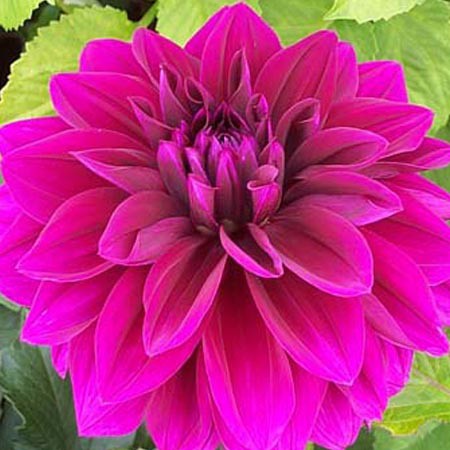By Jonah Bishop – Landscape Designer at Dennis’ 7 Dees
When I first arrived on this property, I was immediately struck by its unique design challenges. First, the primary view of this yard was from the upper story deck, so I knew it needed to have some elements that would create lots of visual interest from above. Second, I had a homeowner who did not currently spend much time outside in the yard, but wanted to. I knew I was going to have to create some functional space to draw them outdoors. What made this second challenge unique was that almost the entire backyard was sloped away from the house. Now how to tie the two challenges together and come up with a beautiful cohesive design? I was going to have to get creative!
First, the yard needed some level spaces in which to create usable space. To do this, we needed terraces. However, with this much space the linear footage was going to get boring really fast. Taking into consideration that we needed an interesting view from above as well, I needed to take a look at the walls and start making them interesting! I got rid of all the straight lines and merged curves and corners to break up long runs of stone. Adding in some planting spaces at half height between the main levels, I was able to use the construction of these to further break up the long runs of stone with different shapes and plants. We now had our level spaces!
Now that we had our level spaces, we needed to make them useable. First we needed steps so that it could be accessible. With the idea already in place of the curving walls, I simply tied in the stairs to flow with the curves of the walls. Now we had access, but to where? We needed a space to draw the homeowner to.
We needed a reason to be outdoors in the new landscape. We needed a functional, livable space. A fireplace was a great element to draw people outdoors, but we needed somewhere to put it. With the way the idea for the walls was flowing, it provided the perfect opportunity to add patio space.
With the terraces, steps, and patios in place all that was left was the plants! Being able to bring in some fun flowering plants was truly the ‘icing’ on the cake for this yard! Now we had a yard that was visually interesting from all perspectives, and functional! Best of all, we created a landscape that the homeowner WANTED to be outdoors in and use!










































